How to Appreciate Art
with Sarah Urist Green
Discover a whole new way to engage with and experience art, wherever you go
About This Course
Join art curator, educator, and host of the PBS series The Art Assignment, Sarah Urist Green, as she shares her secrets to interacting with art like a pro. Learn how to find, talk about, and document art as well as how to make art have meaning for you. Then, incorporate all your senses into the experience and explore various methods, techniques, and even games designed to help you demystify art, wherever you encounter it. You don’t need formal education or fancy lingo to appreciate art, and by the end of this course, you’ll have the tools you need to tackle any art-viewing experience with comfort and confidence!
What You'll Learn
Where to find art, aside from art museums and galleries
Why you shouldn’t feel outclassed by art
How to use your senses to take in art
How to document art
How to make meaning of art
How to talk about art
How to discuss art with others
How to ask questions to deepen your experience with art
Watch Some Samples
We've pulled out a few clips to give you a better idea of what to expect in the course
Course Breakdown
Finding Art

Introduction
Meet course instructor Sarah Urist Green, and explore the many reasons why art is worth appreciating. Then, get ready to explore the wide world of art that awaits you.

Preparation
Research and plan your art-viewing experience with an open mind. Sarah shares her tips and tricks for preparing to interact with art.

All the Places You'll Find Art
Consider the variety of places you can find art—from the usual suspects, like museums and galleries, to the more unpredictable spots—and understand how an artwork’s location can impact your experience.
Observing and Experiencing Art
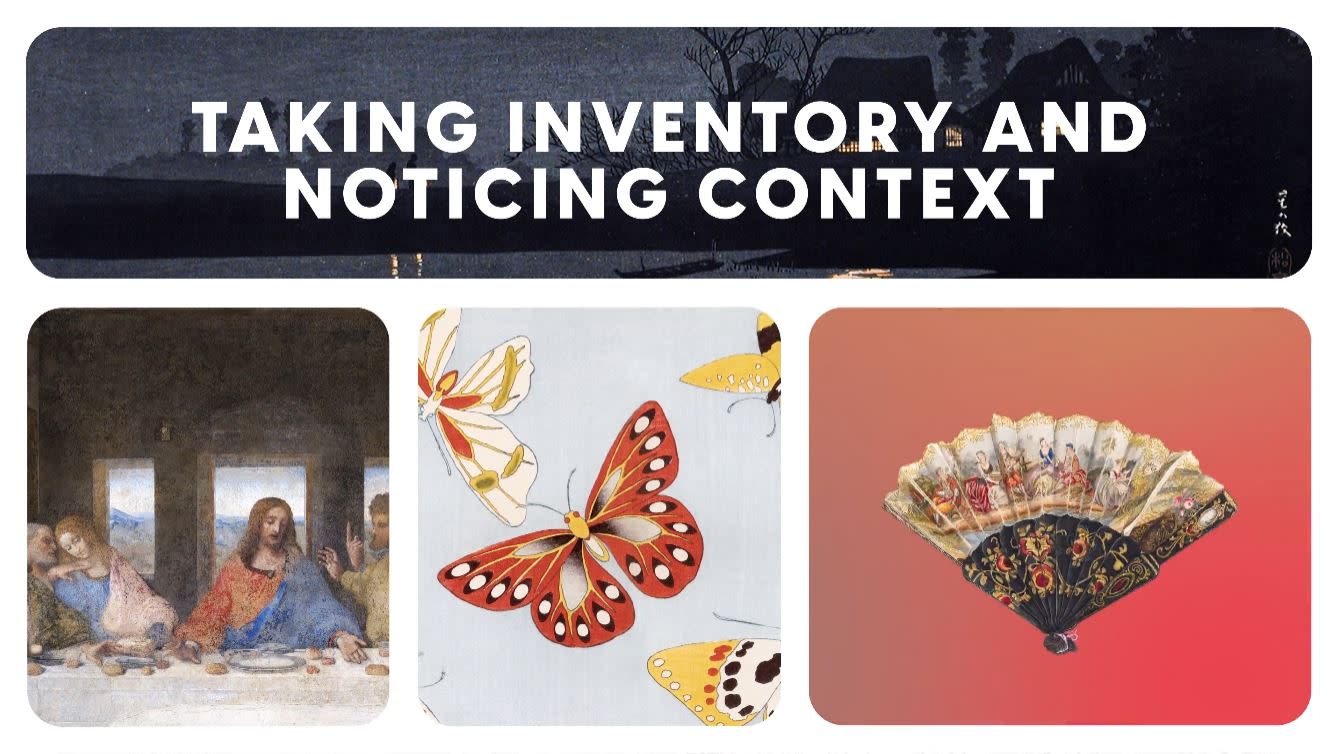
Taking Inventory and Noticing Context
Recognize how external factors play a role in your interaction with art.
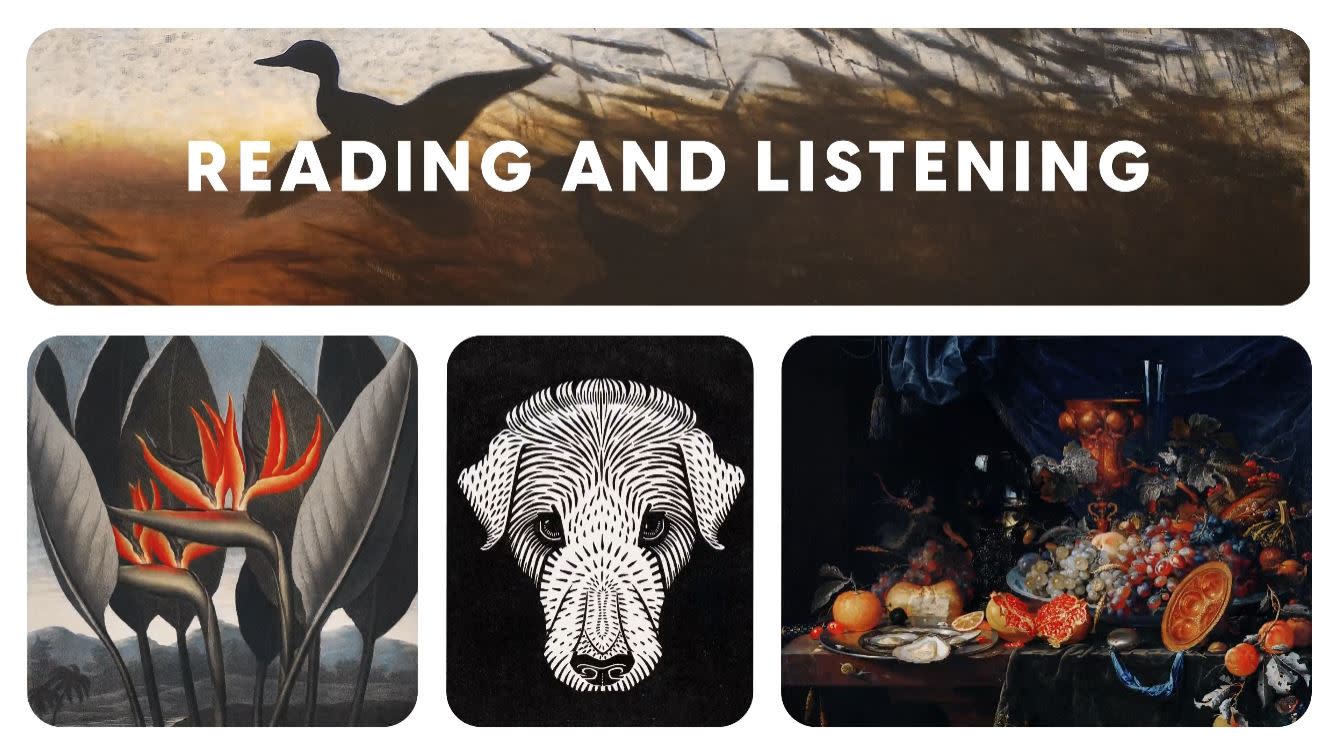
Reading and Listening
Explore different methods for collecting information about art, like reading a label or taking a guided tour, and consider what works best for you.

Using Your Senses
Do more than just look at art; interact with it in any way you can. Sarah encourages you to see, smell, and listen to the art.
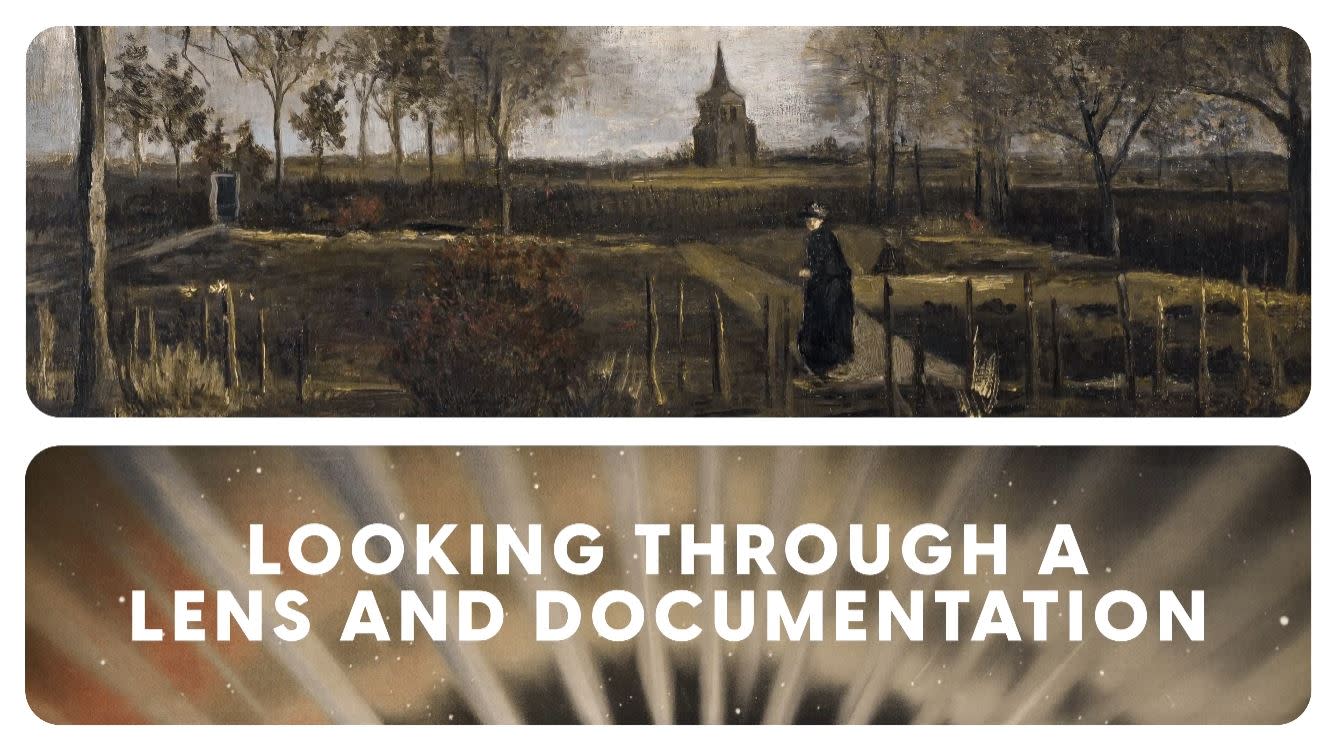
Looking Through a Lens and Documentation
Get Sarah’s tips and tricks for taking photos and videos of art, and focus on capturing the moment in a way that enhances your art-viewing experience rather than distracting from it.
Evaluating Art

Assessing Quality
Learn to use your visual intelligence to determine art “quality.”

Making Meaning
Consider what an artwork is trying to say or express. Sarah encourages you to forget what you think a work of art is supposed to mean and consider instead what the work means to you.

Forming Opinions
Develop your critical thinking skills. Whether your first opinion is positive or negative, Sarah invites you to explore the feelings a work of art evokes and consider why you feel the way you do.
Talking About Art

Asking Questions
Keep an open mind in your interactions with art and in your discussions with others about art. Sarah offers a list of questions you can use to spark conversation and encourage curiosity.

Playing Games and Having Conversations
Turn art viewing into a game or group activity. Sarah lists her favorite ways to broaden an art-viewing experience when sharing it with others.

Final Thoughts
Remember that you belong in the presence of art. Sarah shares her final thoughts and encourages you to go out and experience art with your newfound knowledge!
Meet Your Instructor
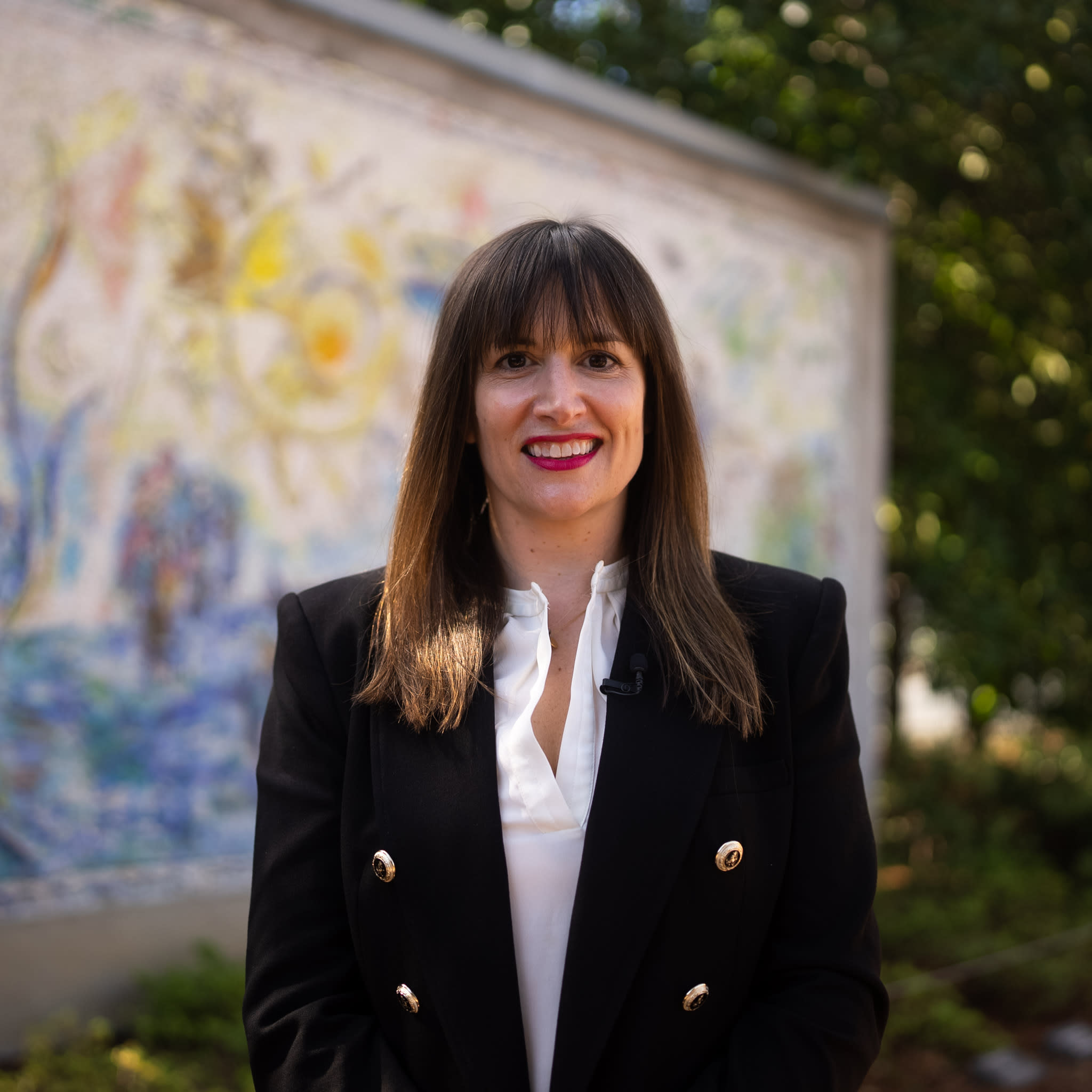
Sarah Urist Green
Sarah Urist Green is a curator and art educator seeking to demystify the worlds of art, artists, and museums for wide audiences. She is the creator of “The Art Assignment,” an educational web series developed in partnership with PBS, and the author of the 2020 book “You Are an Artist.” Green is the former curator of contemporary art at the Indianapolis Museum of Art and holds a bachelor’s from Northwestern and a master’s in modern art history from Columbia.
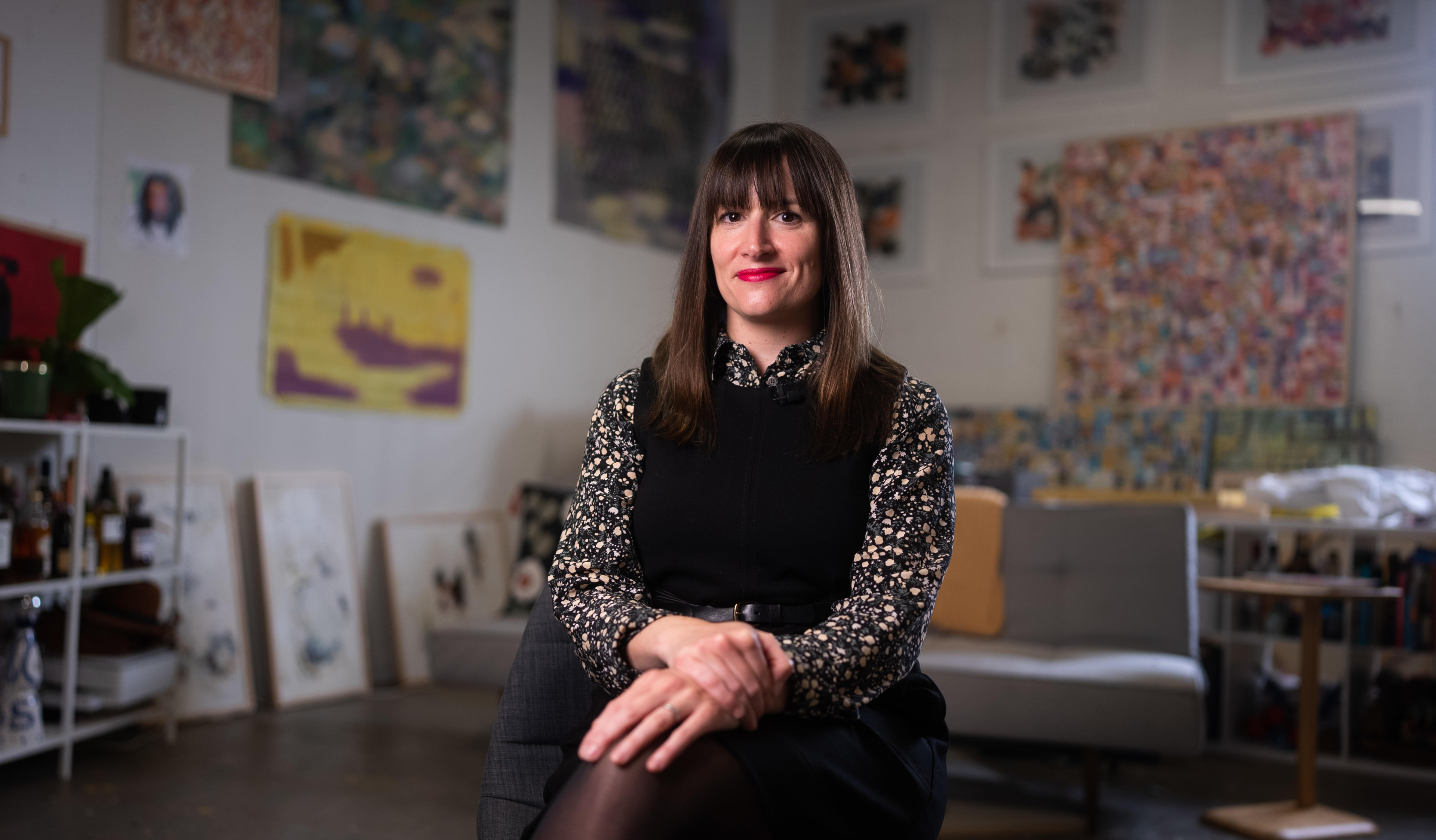
How to Appreciate Art
with Sarah Urist Green